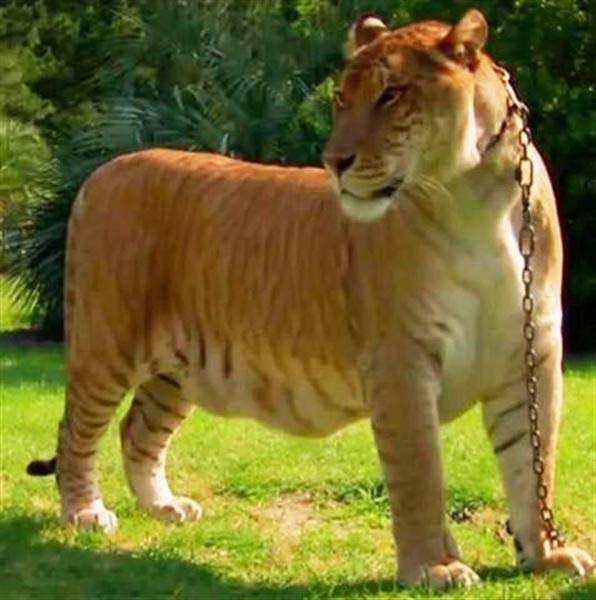1.¿Adónde FUE ÉL Cuando Se rompio el brazo?
Él fue al hospital cuando se rompió el brazo.
2.¿Por Qué Llego tarde ÉL a la Escuela?
Llegó tarde porque se perdió (Perder) el bus.
3.¿Por Qué Penso El Que el miércoles mar (sería) Mejor dia?
Debido a que su amigo le dio buenas noticias sobre su cartera.
4.¿Por Qué recibio Una detención en la clase de ciencias?
Recibió una detención porque hablaba demasiado (Demasiado) en la clase de ciencias.
5.¿Qué comió El Para el almuerzo?
No comió nada durante el almuerzo.
